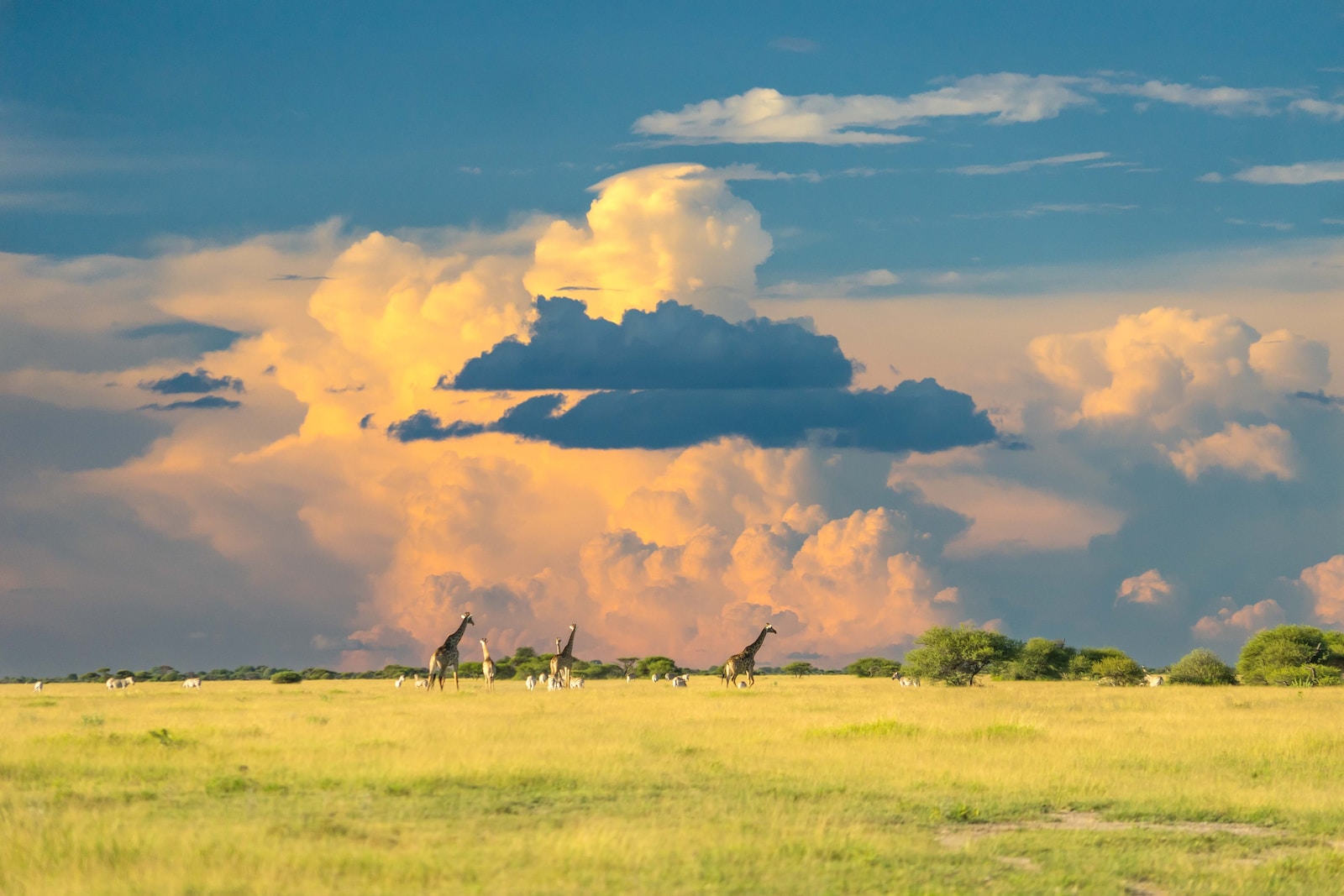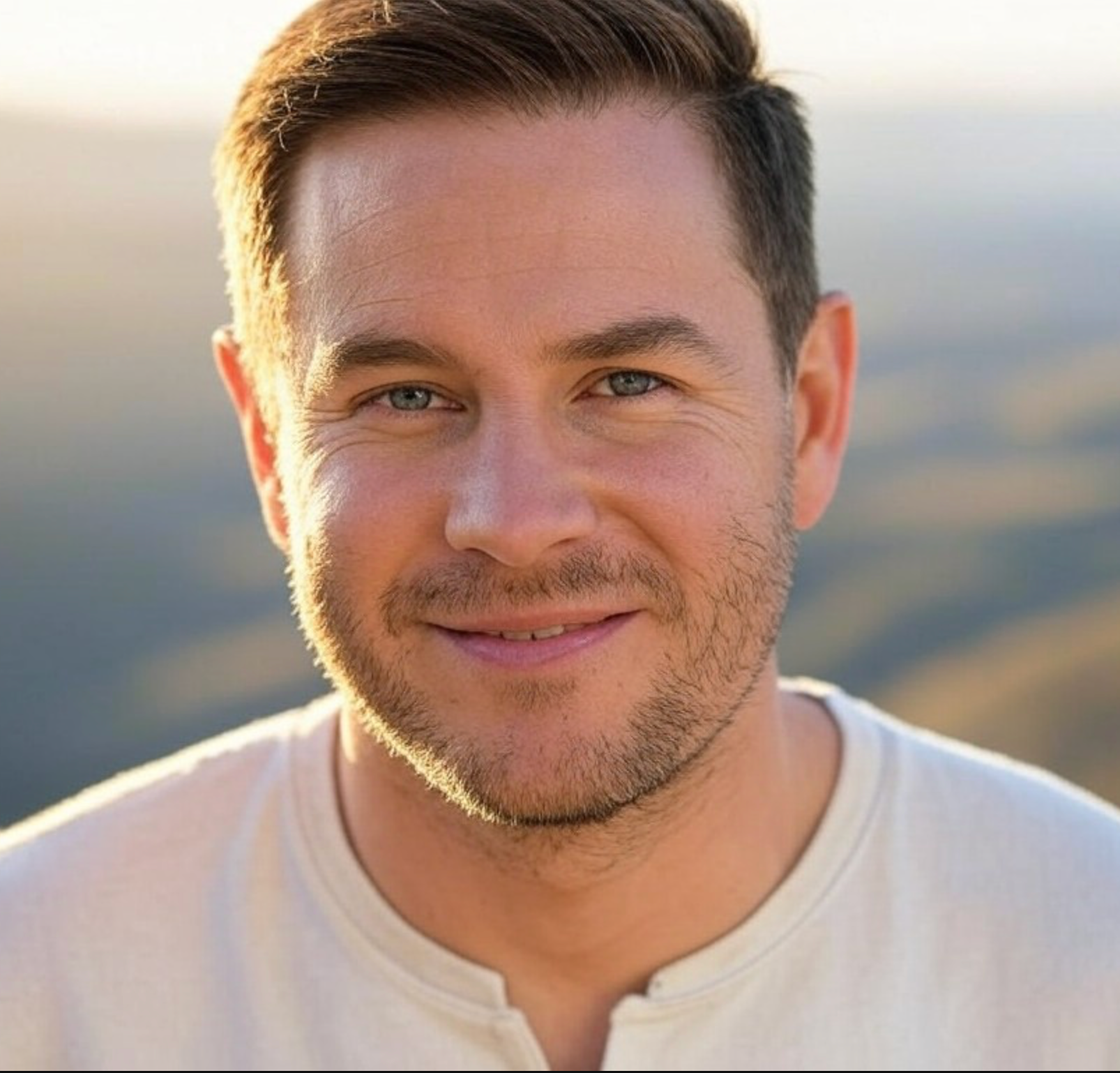Southern Africa, a region often synonymous with South Africa’s towering presence, has more to offer than meets the eye. Let’s step away from the “Rainbow Nation” and delve into its lesser-known but equally fascinating neighbor: Botswana.
Where is Botswana?
Nestled in the heart of Southern Africa, landlocked Botswana lies north of South Africa, covering an area almost as vast as France but with just over 2 million inhabitants. Imagine a sprawling landscape dominated by the Kalahari Desert and a high plateau averaging 1,000 meters in elevation. The northern part, a hub for livestock, also boasts forests and the unique Okavango Delta marshlands, which intriguingly never reach the sea. This region is home to the country’s main attractions: its wildlife-rich parks and reserves.
Botswana: A Tourist Destination
Tourism plays a pivotal role in Botswana’s economy, not so much in visitor numbers but through its premium approach. This strategy, an official endeavor to minimize environmental impact, contributes 12% to the nation’s wealth and supports tens of thousands of jobs. Importantly, local communities are actively involved in project management and decision-making, especially in safari zones.
Each year, Botswana welcomes over 1.5 million tourists, predominantly from South Africa, with a surprisingly small number from France. The primary draw? Its safari parks and reserves, with Moremi, Chobe, and the Okavango Delta being the most frequented sites.
100% Nature
Vast and sparsely populated, Botswana dedicates nearly half its territory to protected or natural areas. Beyond “grassy” or “tree-dotted” savannas, the landscape unveils vast desert expanses, including the Kalahari and the lesser-known Makgadikgadi, and the unique Okavango Delta marshes. This diverse terrain, teeming with wildlife, is the country’s primary tourist appeal, offering excellent safari opportunities.
Which Park to Choose?
The northern region, hosting the majority of sites, naturally attracts the most visitors. Typically, tours form a loop, starting from towns like Maun or Kasane, and often include a visit to the nearby Victoria Falls (Zambia/Zimbabwe) or a brief foray into Namibia’s Caprivi Strip parks. Chobe, Moremi, Okavango, and sometimes Makgadikgadi, are popular choices among travelers.
The northern parks, including the vast Central Kalahari Game Reserve, Chobe National Park, the Okavango Delta, Khama Rhino Sanctuary, Makgadikgadi & Nxai Pans National Park, Moremi Game Reserve, Nata Bird Sanctuary, and Tuli Game Reserve, each offer unique experiences, from witnessing the world’s second-largest wildlife reserve to exploring a massive salt desert.
Meanwhile, the southern parks like the transboundary Kgalagadi Park, Manyelanong Game Reserve, and Mokolodi Nature Reserve, although less frequented, offer equally fascinating wildlife encounters.
Organized Tours vs. Self-Drive
In Botswana, safaris can be experienced either through tour operators or by self-driving, though the latter requires a vehicle and can be more expensive and limited in scope. It’s important to note that guided tours often provide better wildlife and environmental insights and ensure accommodation in the parks, which can be challenging to secure independently during peak seasons.
When to Visit?
Botswana experiences a semi-arid climate with high day temperatures and cold nights, especially during the Austral winter (June-August). The dry season (May-October) is ideal for visiting and experiencing safaris in the northern reserves. During this period, the weather is pleasant, though nights can be chilly, until early September when temperatures start to rise. The Austral summer (November-April) brings intense heat, particularly in the Kalahari, and rain, making some roads impassable.
For more details on planning a trip to Botswana, visit Botswana Tourism.

